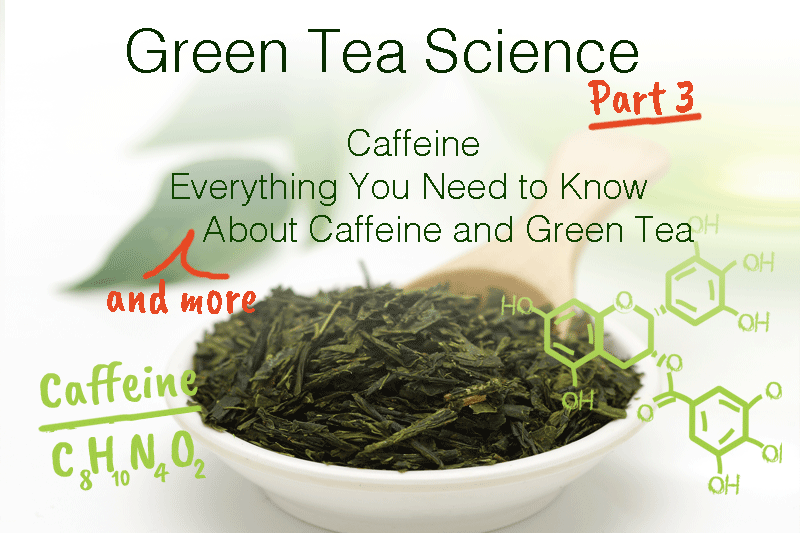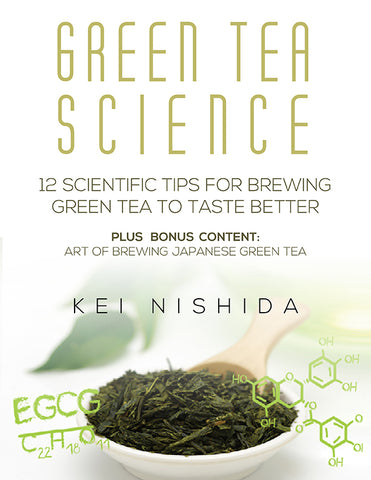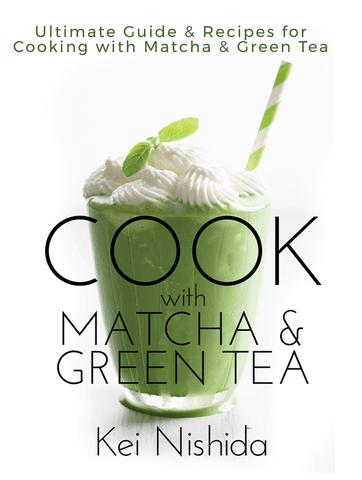Green Tea Science Part 2: Tannin, and Gallic Acid- 7 Commonly Asked Questions and How You Can Benefit

This is part 2 of Green Tea Science series. In this article, I will answer 7 commonly asked questions about green tea and its element: Tannin and Gallic Acid, and I will focus on how you can benefit from it.
If you have not yet read the previous part you can read Part 1 of Green Tea Science : Polyphenols, Catechines and EGCG by clicking here.
Part 2 : Tannin, Gallic Acid and Green Tea - 7 Answers to Commonly Asked Questions and How You Can Benefit
- What is the difference/relationship between tannins, polyphenols and gallic acid?
- What are tannins and how do they affect humans?
- What is gallic acid and how does it affect humans?
- How many tannins and gallic acid are in green tea, and how does the amount compare to other types of tea or food?
- Who should take tannins and gallic acid?
- Are there any side effects associated with tannins and gallic acid?
- What is the most effective way to take polyphenols?

Tannin
1. What is the difference/relationship between tannins, polyphenols and gallic acid
Back To Top
2. What are tannins and how do they affect humans?
Back To Top
3. What is gallic acid and how does it affect humans?
Back To Top
4. How much tannins and gallic acid are in green tea, and how does it compare to other type of tea or food?
Back To Top
5. Who should take tannins and gallic acid?
Back To Top
6. Are there any side effects associated with tannins and gallic acid?
Back To Top
7. What is the most effective way to take in polyphenols?
If you like this post, you make also enjoy my book
I Will Teach You How to be Healthy by Drinking Using Japanese Green Tea: Surprising Facts and Tips for How You can Take Best Advantage of This Amazing Plant ( ISBN-13: 978-1541252455 ISBN-10: 1541252454)
Related Articles You May Be Interested In
Get Free Download
If you have ever thought that Green Tea is an ìacquired tasteî or that it is ìtoo bitterî to enjoy, weíre here to change your mind! We want everyone to experience the health benefits of Green Tea and show you that this can be an amazing, refreshing, and delicious drink when made correctly. With just a few tips on how to brew this powerful leaf, we can change your mind about the taste and enjoyment of drinking Green Tea.
Donít miss out on the health benefits of tea!
- Improve health
- Increase brain function
- Regulate weight
- Lower your risk of cancers
- Reduce risk of heart disease
- Lowers risk of diabetes
We know that you will love this tips to brewing tea and getting the most flavor and elegance out of every cup. Sign up for our newsletter and get this great informative manual on brewing green tea. You will learn what it is that makes it one of the most popular beverages in the world.
The E-Book also includes the chapter of Kei Nishida's book, "Art of Brewing Japanese Green Tea" where he teaches you how to brew hot and cold Japanese Green Tea.
Also in Japanese Green Tea Lovers in India
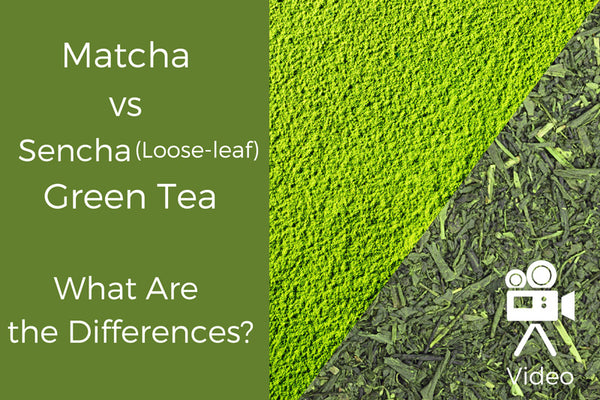
TYPES OF TEA: MATCHA VS SENCHA GREEN TEA: WHAT ARE THE DIFFERENCES?
When it comes to different types of tea, matcha and sencha green tea are two many people have questions about! Get answers in this post.
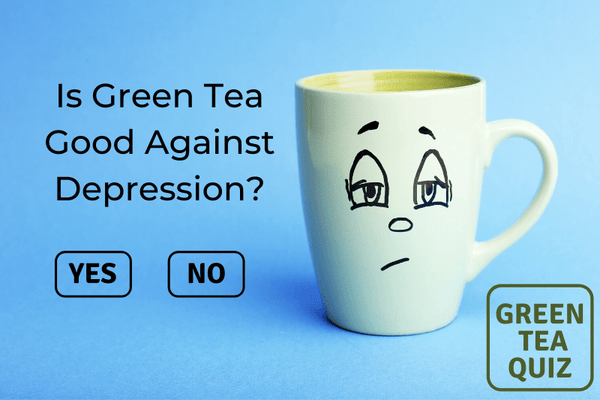
Is Green Tea Good Against Depression?

What is the best way to store your matcha & Japanese green tea?
5 Essential Storage Rules for Matcha and Japanese Green Tea
Read on to learn how to store matcha the proper way to ensure that you get the most out of this ancient elixir.




